In ancient times it was called Carnutes, Autricum and civitas Carnutum. Chartres is the capital of the department of Eure-et-Loir. http://www.beauty-is-all-around.com/en/france-en/eure-et-loir-3/

The city is only 90km from Paris and is known for its cathedral (a UNESCO World Heritage Site since 1979) and the famous Chartres School, which had a strong influence on the thinking of its time, so we will look at it in detail in the history section below.

In the Middle Ages, Chartres already dominated the current territory of the Eure-et-Loir department. Its development was thanks to the cultivation of wheat in the Beauce region and also to its strong links with religion.
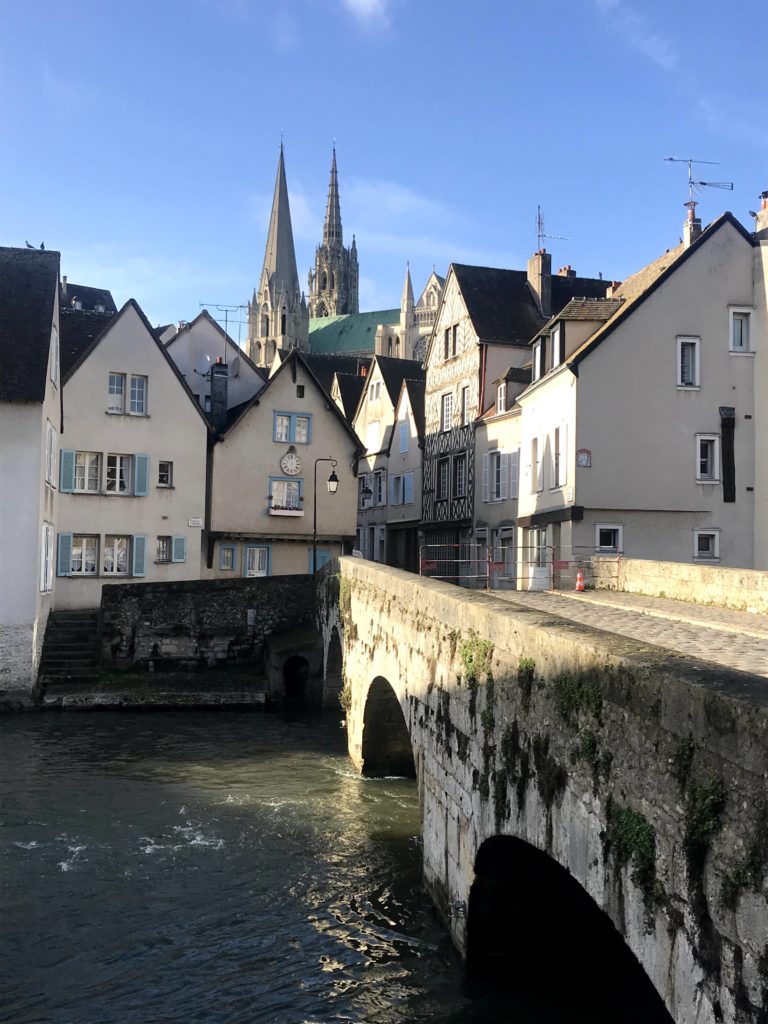
Charles the Bald in 876 offered Chartres the relic of the Sancta Camisia (a part of the Veil of the Virgin Mary, mother of Jesus, from the Holy Land) and since then the city became a religious centre.
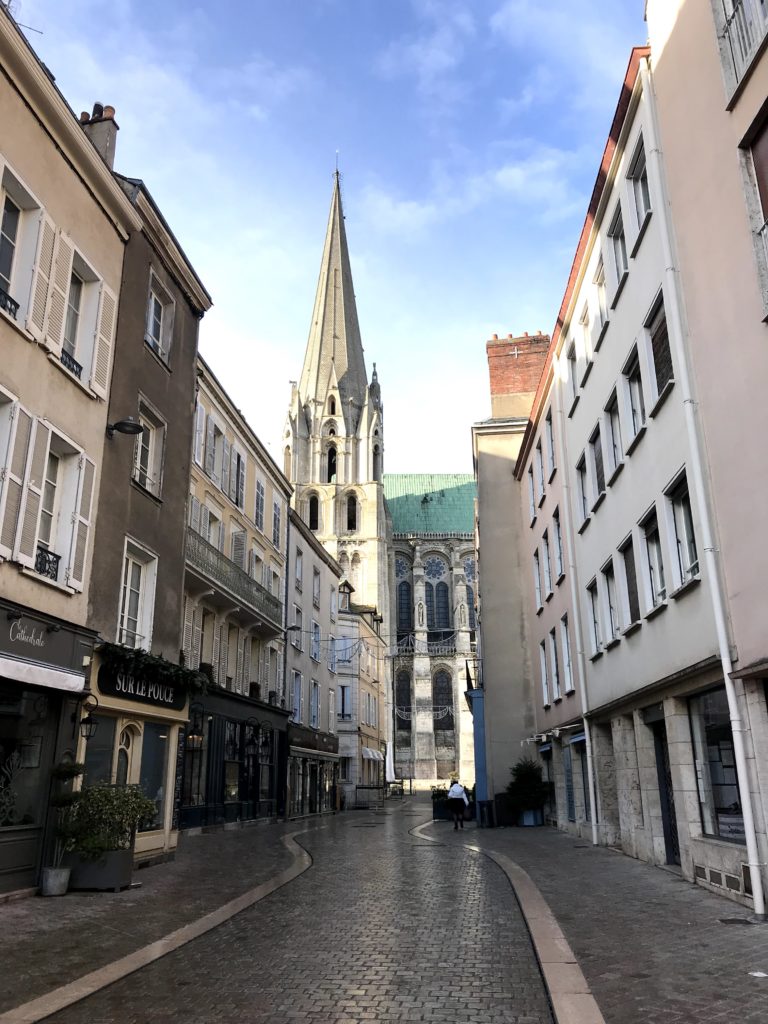
History of Chartres
Chartres Cathedral style is Gothic architecture. It was the model for the construction of other cathedrals in France. It was built in the 13th century and today is considered to be the most representative and best preserved French monument of this style.
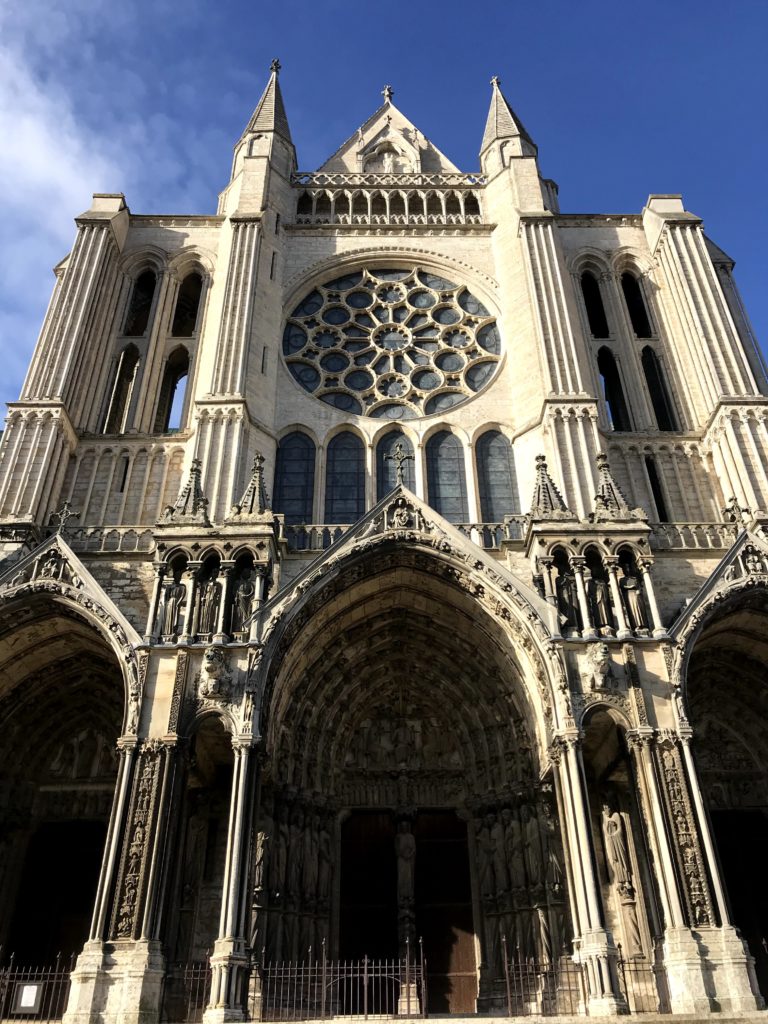
The architecture is interesting because it has a Romanesque architectural base but flows with Gothic elements, which makes in an harmonious way the continuity from one type of architecture to another. The Romanesque cathedral apparently suffered a fire in 1194, on top of which the new cathedral was built. It took thirty years to finish it.
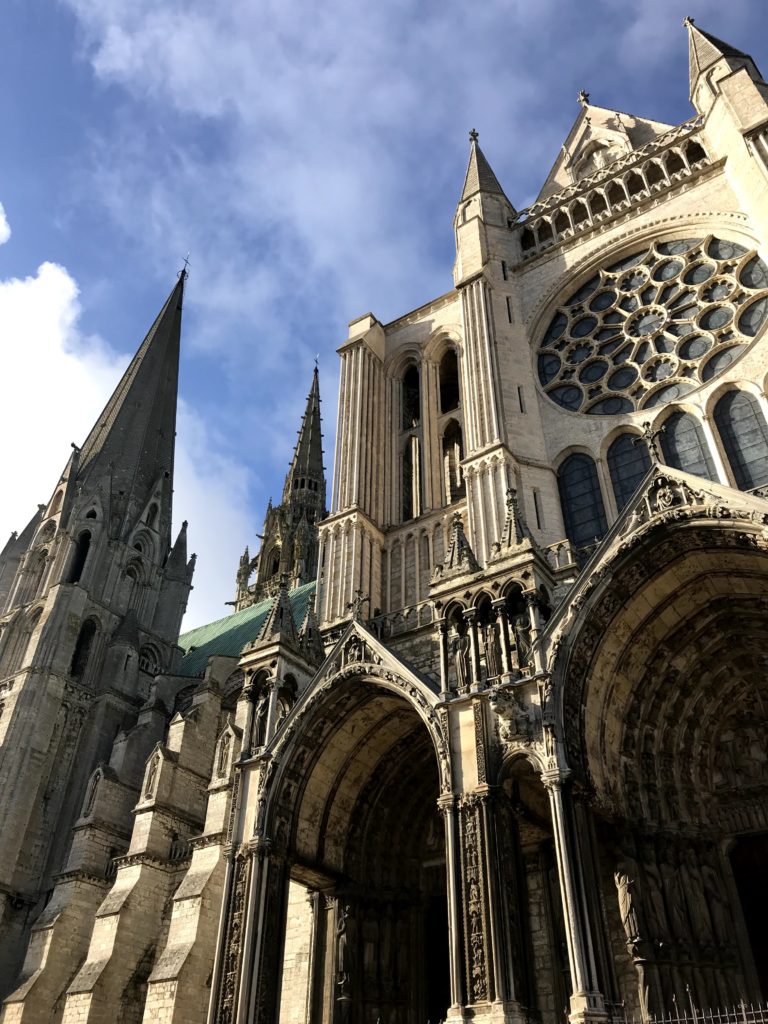
The spiritual or religious legends of Chartres date back to the 14th century. It is thought to have been one of the first Christian shrines to the Virgin who was to give birth (Virgini pariturae) in Roman times.
It is thought that several saints known as “Saints Forts” were thrown into a well which is now in the crypt of the cathedral. The crypt is so large that it is surpassed only by the crypt of St. Peter’s in Rome and the crypt of Canterbury Cathedral.
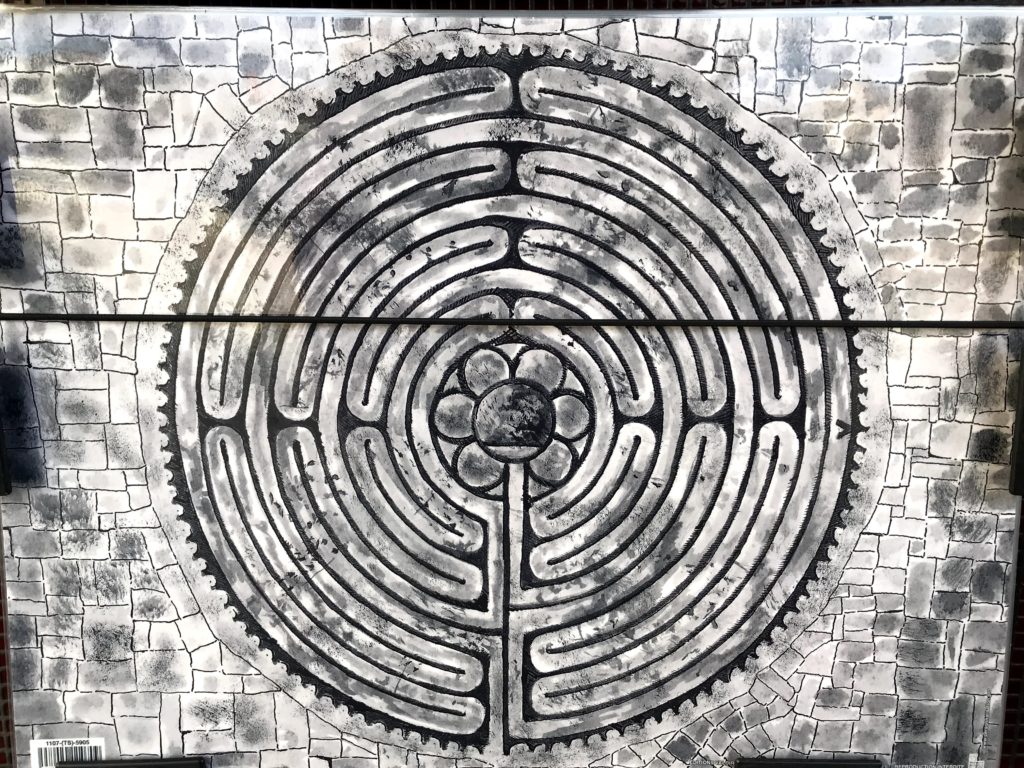
Labyrinths such as the one in Chartres Cathedral were typical in the Middle Ages. It represents the symbolic path that the pilgrim had to follow on foot or on his knees to the central rosette. Everything is measured and laid out according to an esoteric numerological and philosophical meaning from the East. It is made up of eleven concentric circles and its diameter is almost the same as that of the west rose window. This is very interesting because the light passing through the rose window could coincide with the labyrinth and create the shape of the “vesica”. The vesica is a mystical symbol used in the ancient civilisations of Mesopotamia, Africa and Asia. It was even a sacred symbol for the Pythagoreans as it has a mathematical component and is related to the number 153 which appears in the Gospel of St. John. If you wish to visit, you can only walk over.
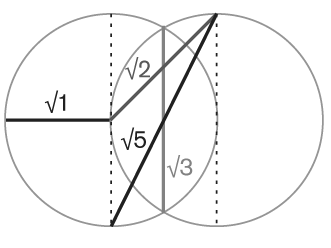
Now let’s talk a little about the Chartres School. It was an episcopal school originated attached to the library of the Cathedral during the Middle Ages in the year 990. Its greatest splendour was a bit later, during the first half of the 12th century. The creation of universities such as the University of Paris led to its gradual disappearance. Among other disciplines of the time, philosophy and theology were taught. Thanks to this school, many teachings were transmitted to the people, including those on agriculture. Within Platonism, they followed Aristotle on the scientific and humanistic level. They taught mathematics, physics, astronomy and even medicine. Despite proclaiming faith, they contributed to the creation of Christian rationalism.
After all this I can sum up by saying that Chartres was a centre of universal and humanistic culture.
Gastronomy of Chartres
- There is a story about ‘Chartres pâté’ that its origin goes back several centuries. It is curious because even Alexandre Dumas mentions it in his work ‘Grand Dictionnaire de Cuisine’ in 1873.
- Mentchikoffs are chocolate, praline, hazelnut and butter bonbons covered with a thin layer of meringue. They appeared in 1893 during the time of the Franco-Russian Alliance during which Russian products became fashionable on the French market. The creator was the pastry chef Daumesnil de Chartres.
- See the Gastronomy section of my article on Eure-et-Loir of the beginning.
- The Restaurant and Tea Room “Le Molière” has a nice terrace and good “choux de crème”.
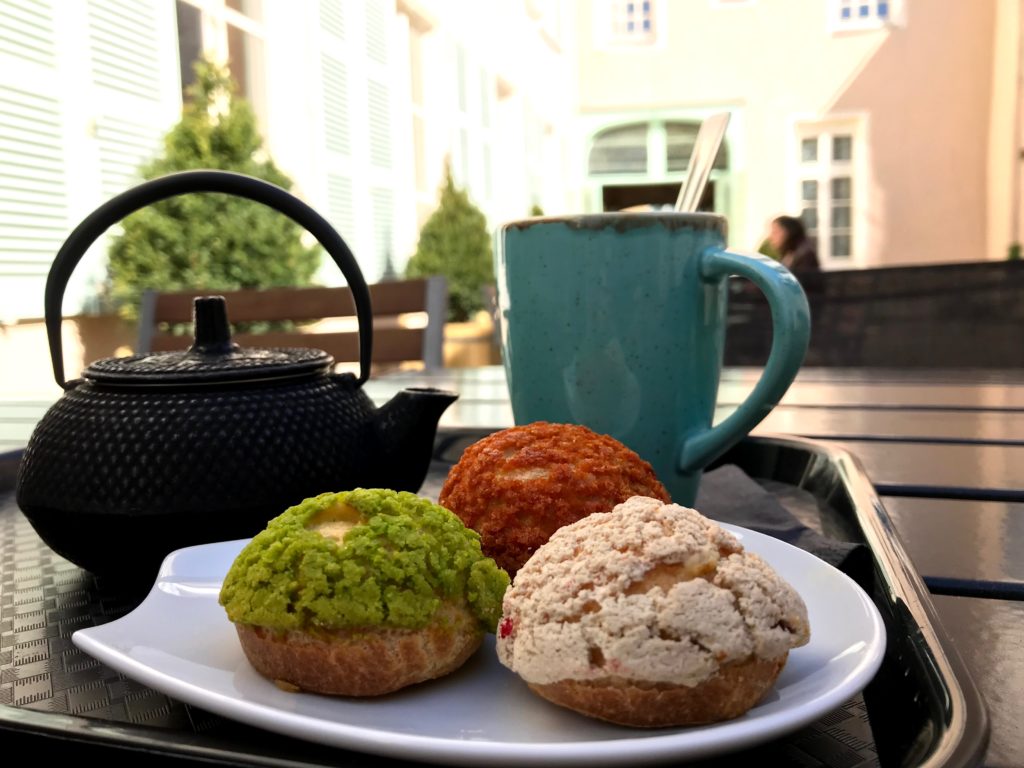
Le Molière 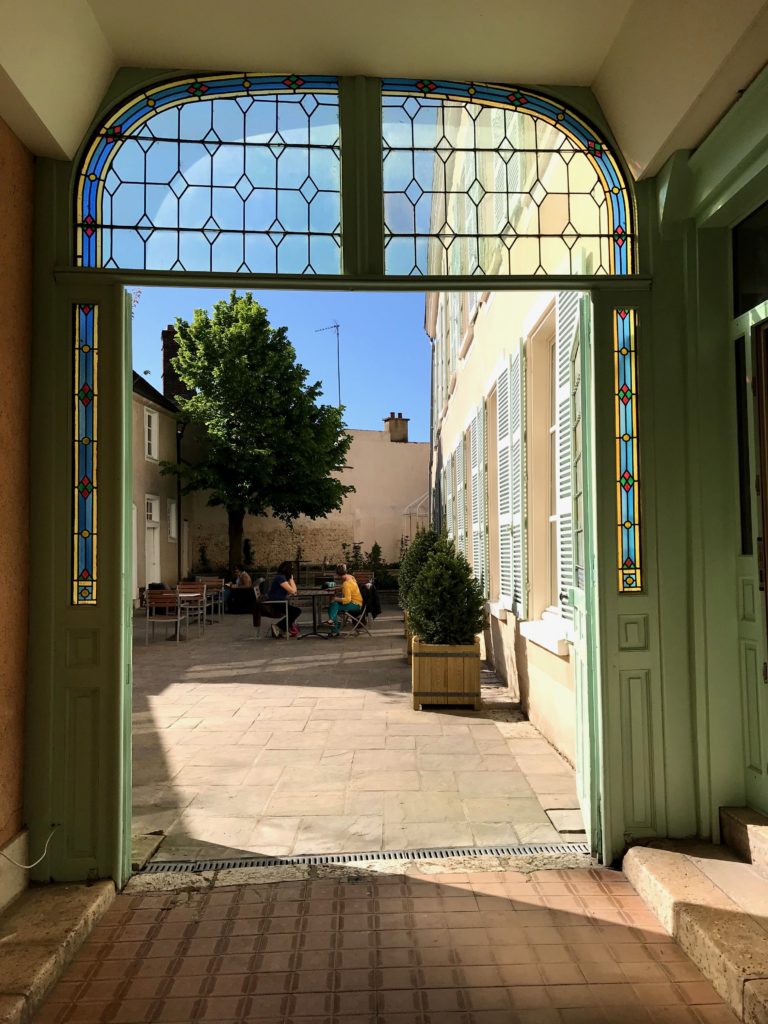
Le Molière
Other adresses
- The “Hotel Grand Monarque Hotel & Spa” is very nice and elegant. It also has a good restaurant although I was not able to try it as I was in confinement.
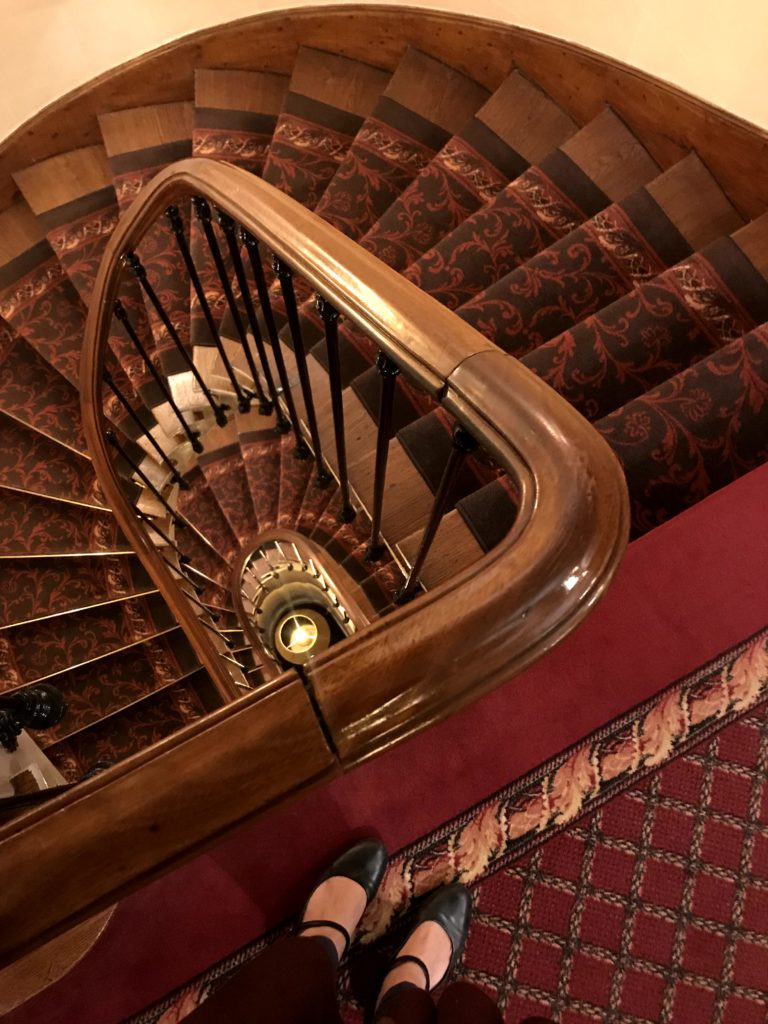
Hotel Grand Monarque Hotel & Spa 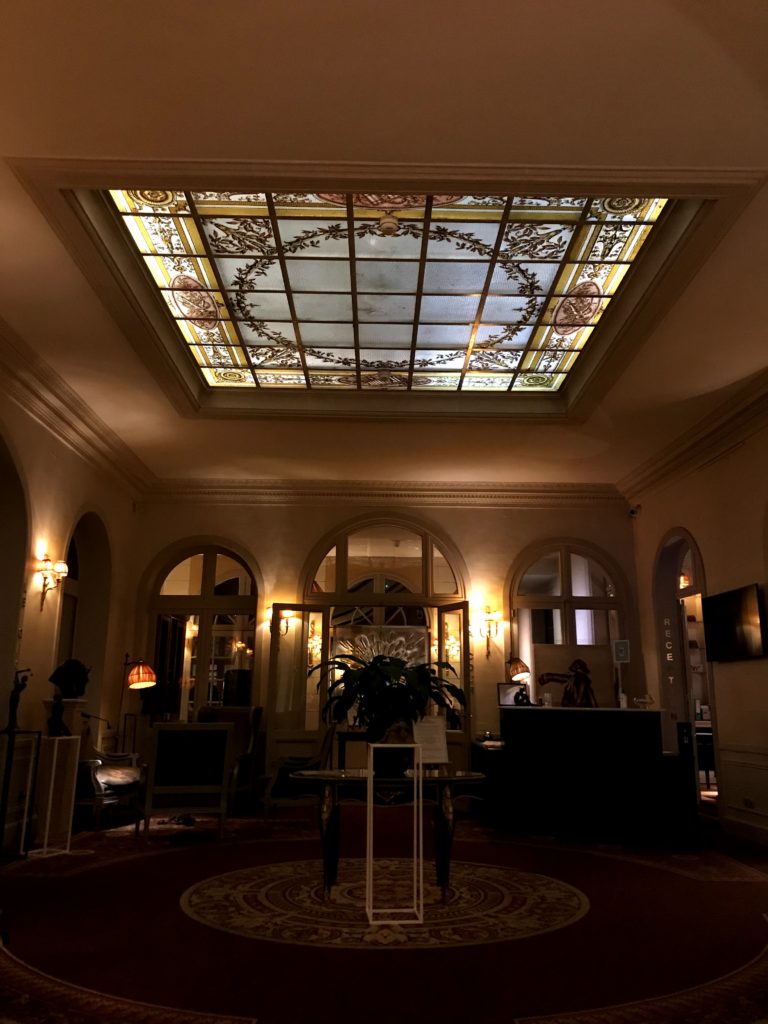
Hotel Grand Monarque Hotel & Spa
2. Chartres is a good stage of the French Way of St. James known as the “Via Turonensis”.
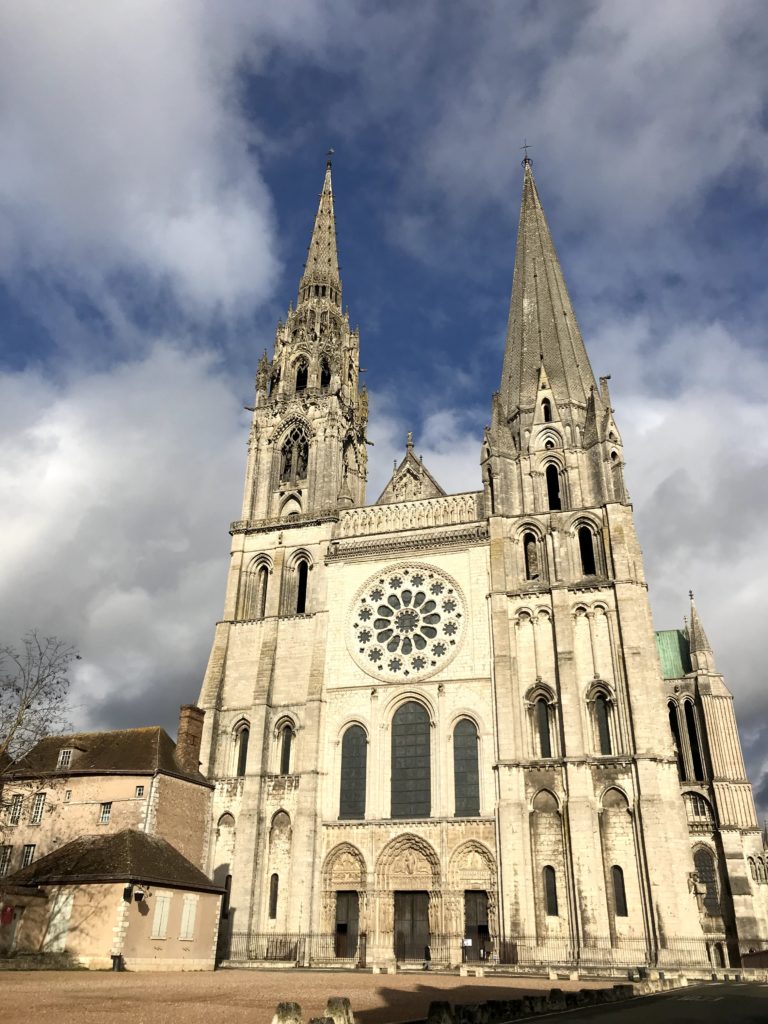

1 thought on “Chartres”